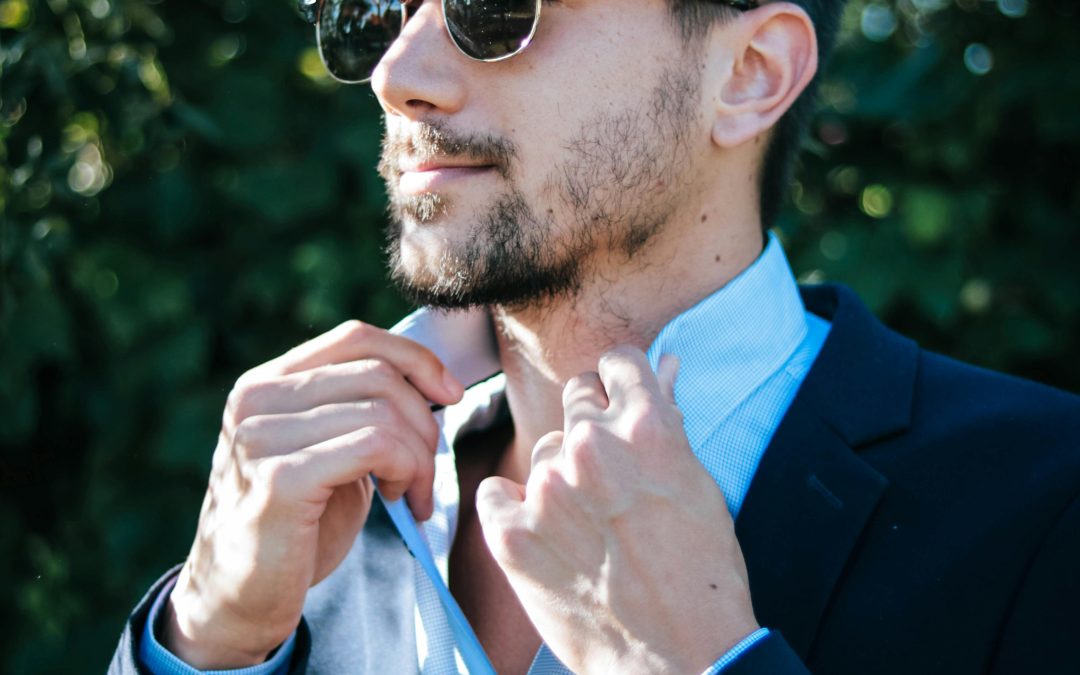It’s said there are only a finite number of story plots or archetypes, so there’s nothing really new under the sun when it comes to literature. In genre fiction like romance, readers find the same themes or tropes repeated ad nauseum. A good writer can refresh an old, tired trope and make it exciting again.
Romance in all its various flavors offers a steadily published selection of these most popular tropes:
- Fake relationship
- Forbidden/impossible/taboo love
- Billionaire (including duke/prince/king/alpha)
- Amnesia/mistaken identity
- Marriage of convenience/arranged marriage
- Stuck together/forced proximity
- Blind date
- Enemies to lovers
- Friends to lovers
- Love triangle
- Office/work romance (including boss romance)
- Opposites attract (e.g., sunshine-grumpy romance)
- Surprise pregnancy/secret baby
- Childhood sweethearts
- Second chance
- Soul mates (e.g., “instalust,” “instalove,” and love at first sight)
- Holiday romance/fling
- Slow burn
- Age gap (i.e., May-December romance)
- Secret identity
- Best friend’s brother/sister
- Jilted or betrayed bride/groom
Some tropes tie into longstanding themes, such as the billionaire trope. If you read a story featuring a kinky, jealous, misogynistic hero who controls, dominates, and often degrades and humiliates his submissive heroine, then you’re probably also reading a billionaire romance. This common BDSM add-on comes courtesy of E. L. James’ Fifty Shades of Grey, despite memes noting that what the hero did was only sexy because of his obscene wealth. If he’d been poor, then the character would have been castigated as a deviant predator.
Any trope may be flogged to death by the writer’s heavy hand. As author Evie Alexander notes, “Tropes should serve your story, not the other way around.” This means that in genre fiction like romance, outside events don’t drive the story, the developing relationship between the characters does.
Many tropes arise naturally from the basic folk tale that inspires the story. For instance, beloved fairy tales Cinderella and Beauty and the Beast reappear again and again in various iterations. I believe most romances harken back to either of those two folk tales.
The presence of one trope doesn’t exclude the presence of other tropes in the same story. Many popular tropes appear in combination in today’s literature. One will find childhood sweethearts whose love is forbidden and who become enemies then later lovers. You probably won’t have to look very far to find the secret or surprise baby trope topping off that combination or a similar combination.
Some of these tropes may encapsulate other tropes within them. For instance, the forbidden love trope may include the enemies-to-lovers trope as well as the age gap trope. One sees these tropes lumped together in romances featuring relationships that, on the surface, appear incestuous, such as between stepbrother and stepsister. In such stories, the stepbrother is inevitably older (sometimes by a decade or more, hence the age gap) and a successful businessman (hence “billionaire” or even “boss”).
In some ways, tropes work a bit like stereotypes. There’s an entire set of assumptions when one sees “billionaire” or “grumpy-sunshine” in the keywords of the book’s subtitle or description. Despite the assumptions, a heavy-handed writer can make a beloved trope ring falsely or fall flat. Although the reader might be prepared to accept the hero’s immediate fascination or obsession with the heroine (the soul mate trope), it must be made plausible. Why would the hero fixate upon a particular woman? What qualities does she have or show that sustain his fascination and justify his pursuit of her?
The trope serves the plot. The plot should not serve the trope.
What are your favorite romance tropes? Let readers know in the comments.

